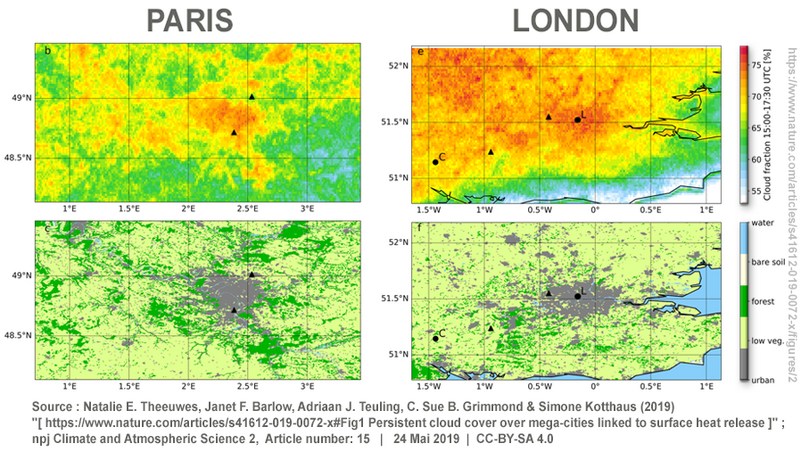Long-term Air Pollution Exposure Linked to Increased Meningioma Risk

A recent study published in the journal Neurology has established a significant association between long-term exposure to air pollution and the risk of developing meningioma, a type of tumor affecting the central nervous system (CNS). The research, which analyzed data from nearly 4 million adults in Denmark, underscores the potential health impacts of environmental pollutants, particularly fine particulate matter and traffic-related emissions.
The study, led by Dr. Ulla A. Hvidtfeldt from the Danish Cancer Institute in Copenhagen, identified that consistent exposure to ultrafine particles (UFPs), fine particulate matter, nitrogen dioxide, and elemental carbon was positively correlated with the incidence of meningioma. Meningiomas arise from the membranes surrounding the brain and spinal cord, and in this cohort, researchers documented over 16,000 cases of CNS tumors, with meningiomas constituting approximately 28% of these cases.
According to the findings, a ten-year mean exposure to UFPs presented a hazard ratio (HR) of 1.1 per interquartile range (IQR), while fine particulate matter showed a higher HR of 1.2 per IQR. Notably, traffic-related UFPs demonstrated a stronger HR for meningioma compared to non-traffic sources, suggesting that urban air quality may significantly influence tumor development.
Dr. Hvidtfeldt stated, "Our study suggests that long-term exposure to air pollution from traffic and other sources may play a role in the development of meningioma and adds to the growing body of evidence that air pollution can affect the brain — not just the heart and lungs." This statement aligns with previous research indicating that environmental pollutants have far-reaching implications for neurological health.
The methodology employed in this investigation utilized Danish national registries to track individuals' address histories and assess their exposure to various air pollutants. The researchers relied on a validated model to evaluate residential air pollution levels, while a national emission inventory provided insights into pollution sources. The primary endpoint for the study was the occurrence of the first primary CNS tumor, reported in the Danish Cancer Registry.
While the study presents significant findings, it also acknowledges limitations. For instance, the intercorrelation and modeling uncertainty of pollutant estimates may have affected the attribution of effects, leading to potential misclassification of individual exposure levels. Additionally, the researchers note unmeasured factors such as genetic predisposition and lifestyle exposures that may contribute to residual confounding.
Dr. Hvidtfeldt’s work contributes to a growing body of literature that emphasizes the adverse health effects of air pollution beyond respiratory and cardiovascular diseases. The increasing prevalence of CNS tumors, particularly in urban settings, calls for urgent public health interventions aimed at reducing air pollution levels and mitigating risk factors associated with environmental exposure.
This study highlights the need for further investigation into the long-term effects of air pollutants on neurological health, as well as the implementation of policies to improve air quality. Enhancing public awareness on the links between air pollution and health risks may also encourage communities to advocate for cleaner air initiatives.
In summary, the evidence linking air pollution to meningioma risk reinforces the importance of environmental health considerations in public health policies. Future research is essential to elucidate the underlying mechanisms of how air pollutants may contribute to tumor development, ultimately guiding effective strategies for prevention and health promotion across populations.
Advertisement
Tags
Advertisement





